EDITORIAL NOTE
In early March 1988, the Chinese Navy mobilized large forces from the South China Sea and East China Sea fleets to Vietnam's Truong Sa archipelago with the intention of occupying the triangle cluster of three reefs: Gac Ma - Co Lin - Len Dao.
On March 14, 1988, when transport ships and Vietnamese troops were on a mission to protect Co Lin, Gac Ma and Len Dao islands, Chinese warships rushed in and used large guns to fire at ships HQ-604 on Gac Ma island, HQ-605 on Len Dao island and HQ-505 on Co Lin island.
The officers and soldiers at Gac Ma Island held hands tightly to form an "immortal circle" to protect the national flag, determined to defend the island with their bodies. 64 Vietnamese naval soldiers will forever remain amid the waves in the battle to protect the country's sovereignty at Gac Ma, Co Lin and Len Dao reefs in Vietnam's Truong Sa archipelago.
37 years have passed, 64 Navy soldiers (Brigades 125, 126, 146, E83 Naval Engineers) and three transport ships HQ-505, HQ-604, HQ-605 of Transport Brigade 125 still lie at the bottom of the deep sea, but their immortal feats will never be forgotten...
Professor, Doctor, Ambassador Nguyen Hong Thao, a Vietnamese citizen, has twice been a member of the International Law Commission of the United Nations (currently serving the term 2023-2027). He is a veteran Vietnamese diplomat and legal expert. He has participated in important delegations negotiating border issues with China, Laos, and Cambodia. Ambassador Nguyen Hong Thao was a soldier of the 125th Naval Brigade.
We would like to respectfully introduce his article exclusively for VietNamNet:
Every year on March 14, my heart aches when I remember the sacrifices of the soldiers of the Truong Sa 125th Military Transport Brigade, the 126th Water Commando Brigade, the 83rd and 131st Naval Engineering Brigades and other units who participated in the CQ88 campaign and created the Immortal Circle to protect the homeland island.
Your stay under the cold waters of Truong Sa was not in vain. It contributed to shaping the Fatherland of Vietnam – a country that is three parts sea and one part land; contributed to promoting Vietnam to join and become an active member in using the 1982 United Nations Convention on the Law of the Sea (UNCLOS) to peacefully resolve maritime disputes.
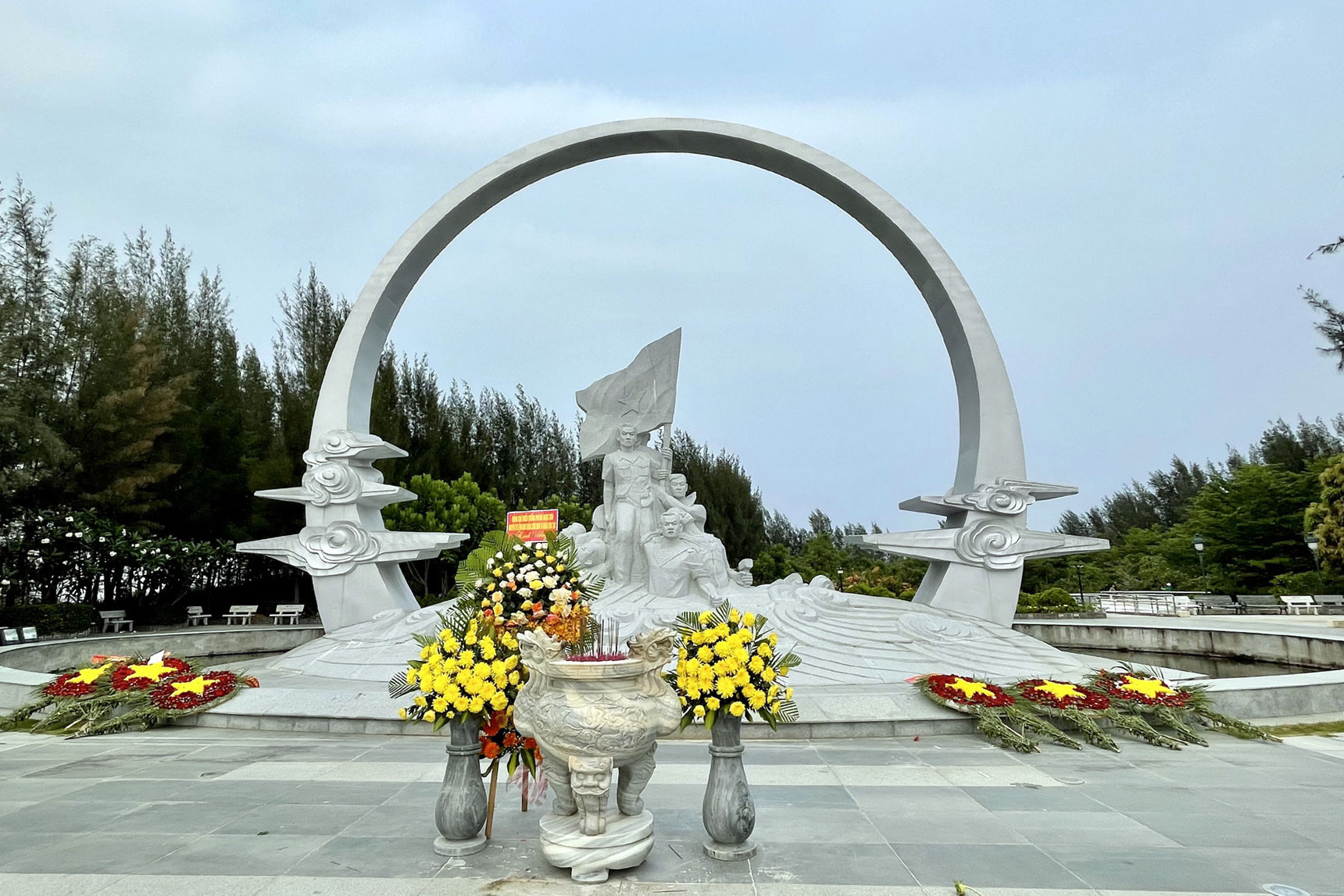
"Those who lie on the horizon" (the name of the monument built in Cam Hai Dong commune, Cam Lam district, Khanh Hoa province to commemorate the martyrs of Gac Ma) is a symbol of love and gratitude of the people of the whole country. Photo: Thai An
At the end of February 2025, good news from New York, Vietnam was unanimously nominated by the Asia-Pacific group at the United Nations to be the Chair of the 35th Conference of States Parties to the United Nations Convention on the Law of the Sea (SPLOS) taking place from June 23-27, 2025 and will be officially approved by the SPLOS Conference before the Conference...
Protecting maritime rights and interests
From Gac Ma to the position of Chairman of SPLOS, through many sacrifices, perseverance, efforts, maintaining independence and autonomy and being friends with all countries in the world, Vietnam has increasingly received high trust and recognition from the international community for its efforts to implement, maintain and develop the universal values of UNCLOS, the most effective legal document in resolving international maritime disputes in the world as well as in the East Sea.
In the current turbulent world situation, we are more aware of the fact that the foreign policy and national security policy at that turbulent time in the East Sea contributed to bringing Vietnam to where it is today. The officers and soldiers participating in CQ 88 strictly followed the order not to fall for the trick of firing first to be provoked, but were ready to respond when necessary; were calm, proactive, courageous, protected the homeland's sea and islands with the least loss and still opened the way for diplomatic negotiations, as a basis for future declarations of maritime boundaries.
After securing its position on 21 islands, rocks, and shoals in the Spratly Islands, Vietnam faced the choice of determining the scope of the archipelago and the international legal basis to continue the diplomatic struggle to protect its rights and interests at sea. At the end of 1988, Vietnamese diplomatic and defense legal officers faced the challenge of declaring the annexation of the DK1 shoals into the Spratly Islands or the extended continental shelf from the mainland. The situation in the East Sea and the sacrifice of the Gac Ma soldiers pushed Vietnam to overcome its hesitation to choose to support the ratification of the 1982 Convention on the Law of the Sea at a time when it was still unclear when the Convention would come into effect.
UNCLOS has allowed coastal states to legally advance into the sea and Vietnam was the first country in Southeast Asia to issue a Declaration of the Government of the Socialist Republic of Vietnam on May 12, 1977 on the establishment of a 200-nautical mile exclusive economic zone and continental shelf in the spirit of the Draft Convention.
This Declaration can be considered the country's maritime declaration. With this Declaration and the ratification of UNCLOS on June 23, 1994 before the Convention came into effect, Vietnam became a country with a maritime area three times larger than its land area. The country is not only limited to the S-shaped shape of the mainland as described in outdated geography books but has become a country facing the sea. The Ho Chi Minh era is an era that not only maintains the borders left by our ancestors but also creates a Vietnam - a maritime country with fully declared boundaries as it is today.
Complete baseline system declaration
In February 2025, Vietnam completed the declaration of its baseline system from point O on the historical water boundary between Vietnam and Cambodia to point A24 (Point 1 - Agreement on the delimitation of the Gulf of Tonkin between Vietnam and China). Vietnam's baseline system applies both the straight baseline method along the mainland coast and the normal baseline at Bach Long Vi Island as prescribed by UNCLOS.
This application paves the way for the completion of the baseline system in the entities of the Hoang Sa and Truong Sa archipelagos in the future. Thanks to the baseline system, Vietnam has the conditions to clearly define the boundaries of its territorial waters, contiguous zones, exclusive economic zones and continental shelves, contributing to better and more effective management of its sea areas.
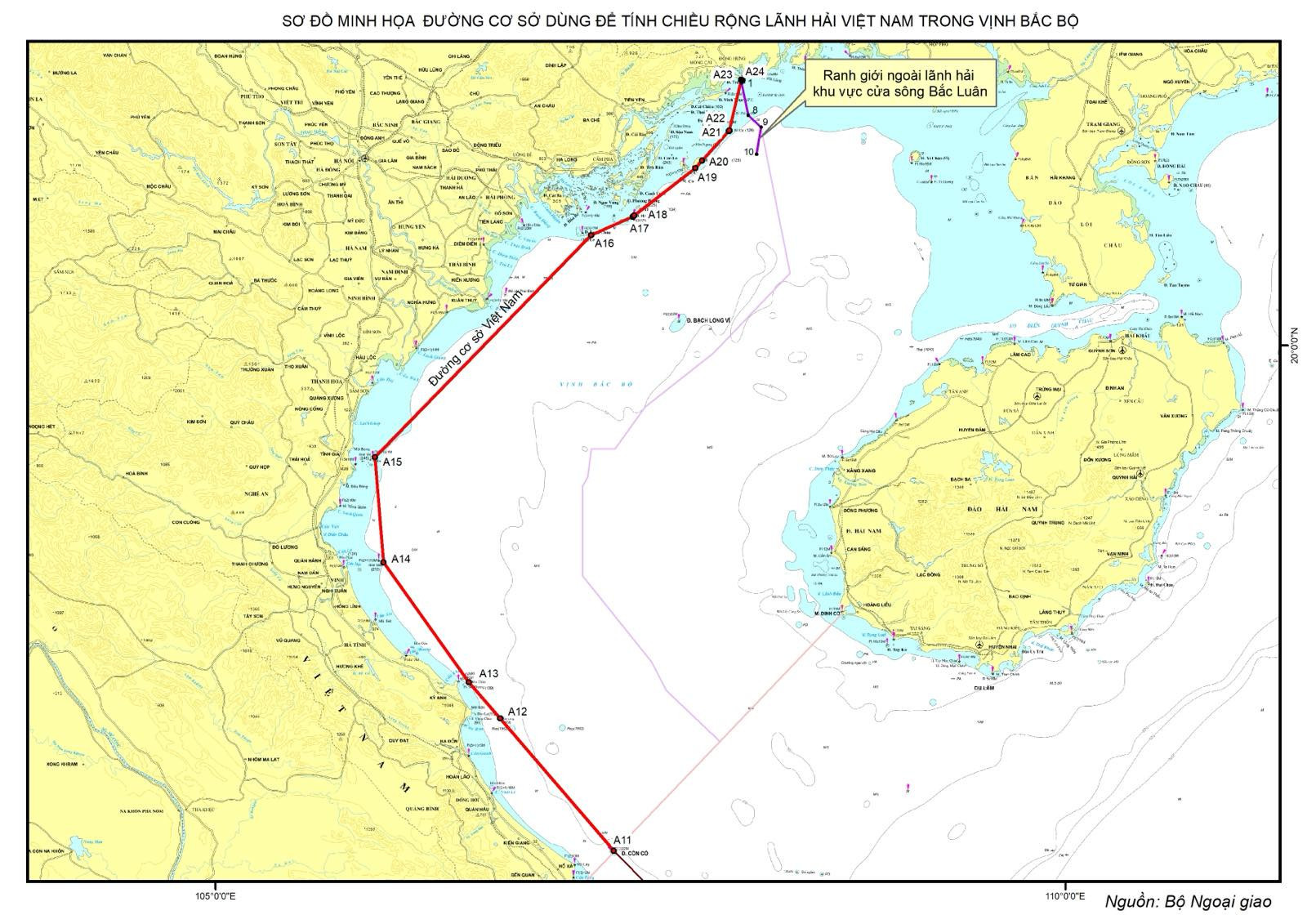
Vietnam is also one of the countries in the East Sea that has completed the submission of the outer continental shelf boundary. Vietnam and Malaysia submitted a joint submission on the outer continental shelf boundary in the East Sea to the CLCS on May 7, 2009 and a separate submission on the outer continental shelf boundary in the northern part of the East Sea on May 6, 2009. Vietnam's third submission on the outer continental shelf boundary in the Central region was submitted on July 17, 2004.
We are the leading country in applying UNCLOS to resolve regional maritime disputes. Vietnam's practice in resolving maritime disputes enriches and further demonstrates the correctness of the provisions of the Convention, as well as contributes to explaining and clarifying the provisions of the Convention.
Vietnam has creatively applied the principle of equity in maritime delimitation. In the process of maritime delimitation, Vietnam was the first country to sign with Indonesia two separate boundary lines for the exclusive economic zone and continental shelf in the opposite seas of the two countries with a distance of less than 400 nautical miles.
Vietnam is also the leading country in applying provisional arrangements during the final delimitation negotiations, in accordance with the provisions of Articles 74 and 83 of the Convention. The 1995 Petrovietnam-Petronas (Malaysia) joint exploitation contract in the defined sea area in the Gulf of Thailand is one of the most successful models of joint oil and gas exploitation cooperation in overlapping sea areas in the world.
Joint exploitation cooperation is not only in the field of oil and gas but also in the field of fisheries with the 2004 Agreement on Fisheries Cooperation between Vietnam and China in the Gulf of Tonkin, with a term of 12 years, extended for another 3 years if the two sides have no other opinions. This Agreement expired in 2020 after being extended for another year.
Another form of joint development cooperation is the 1982 Vietnam-Cambodia Common Historical Waters Treaty.
The decision to incorporate the Tu Chinh and DK1 areas into the extended continental shelf from the mainland in 1988 and to submit the dossier on the extended continental shelf boundary beyond 200 nautical miles to Vietnam and Malaysia in 2009 was the basis for Vietnam's later claims that the entities in Truong Sa should only have 12 nautical miles of territorial waters and no exclusive economic zone and continental shelf of their own.
Apply all measures to peacefully resolve maritime disputes in the East Sea
Besides the issue of maritime delimitation, Vietnam is also active in promoting the application of all measures to peacefully resolve maritime disputes in the East Sea with neighboring countries in the process of building and implementing the Declaration on the Conduct of Parties in the East Sea (DOC) and the negotiation process of the Code of Conduct of Parties in the East Sea (COC).
This has created the foundation for long-term stability and restraint from activities that complicate the regional situation. Vietnam is one of the authors of the initiative to establish the Group of Friends of the 1982 Convention on the Law of the Sea.
Vietnam is also a pioneer in promulgating the Law on Seas in 2012, the Coast Guard Ordinance in 1998 and the Coast Guard Law in 2018 as well as a series of legal documents creating a comprehensive legal framework for the management and use of the sea in accordance with UNCLOS.
Vietnam, a coastal state, has always been faithful to the provisions of the Convention in resolving issues arising in marine management, marine cooperation, marine environmental protection, as well as resolving marine disputes. Vietnam's reality has contributed to proving that the Convention is an indispensable legal tool for developing countries, including Vietnam, in the struggle for a fair and sustainable maritime legal order.
The sacrifices of the officers and soldiers at Gac Ma in 1988 and the selfless efforts of the army and people of the whole country have created a Vietnam today, which will confidently swing the gavel as Chairman to preside over the world meeting in June 2025, joining hands to help countries establish a comprehensive, fair, and peaceful legal order at sea.
Vietnamnet.vn
Source: https://vietnamnet.vn/tu-gac-ma-1988-toi-chu-tich-cac-nuoc-thanh-vien-cong-uoc-luat-bien-2025-2378053.html



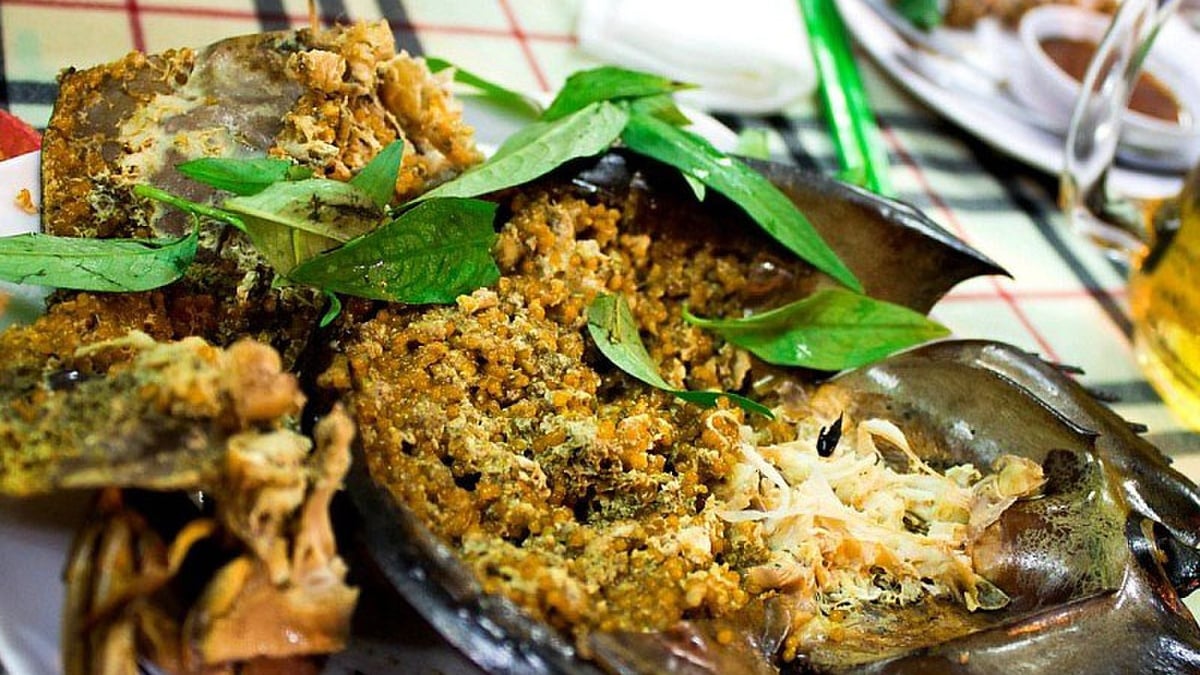
![[Photo] Binh Thuan organizes many special festivals on the occasion of April 30 and May 1](https://vphoto.vietnam.vn/thumb/1200x675/vietnam/resource/IMAGE/2025/5/1/5180af1d979642468ef6a3a9755d8d51)
![[Photo] Ha Giang: Many key projects under construction during the holiday season](https://vphoto.vietnam.vn/thumb/1200x675/vietnam/resource/IMAGE/2025/5/1/8b8d87a9bd9b4d279bf5c1f71c030dec)
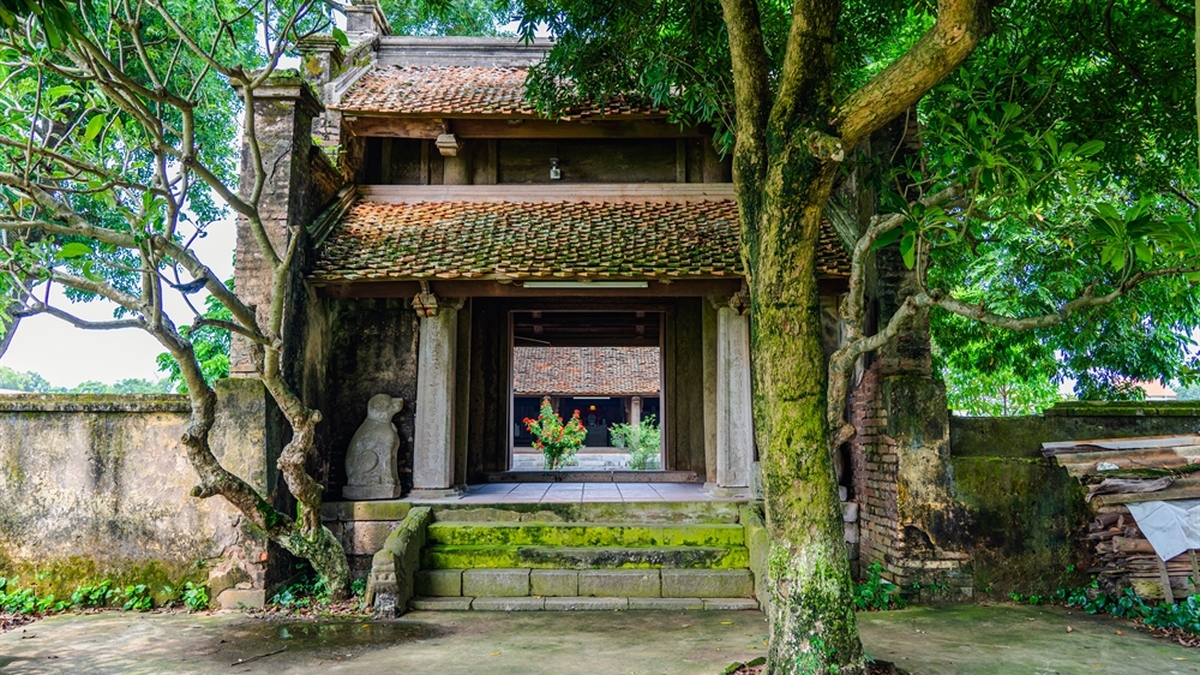
![[Photo] "Lovely" moments on the 30/4 holiday](https://vphoto.vietnam.vn/thumb/1200x675/vietnam/resource/IMAGE/2025/5/1/26d5d698f36b498287397db9e2f9d16c)
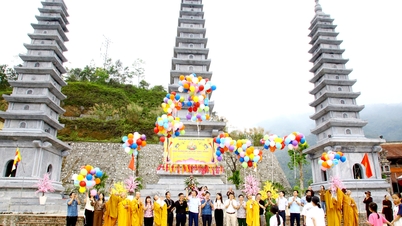


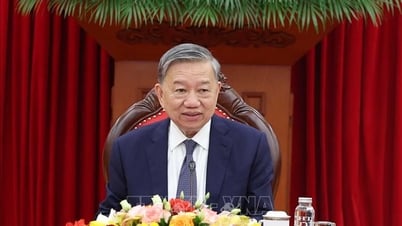


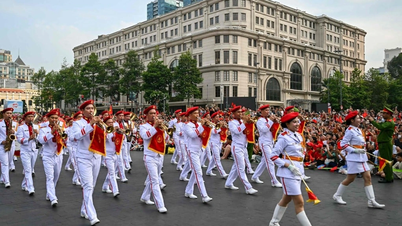


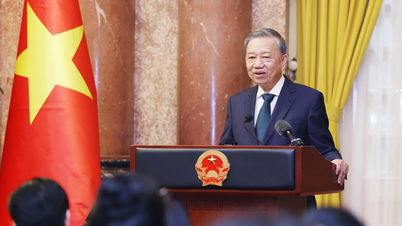
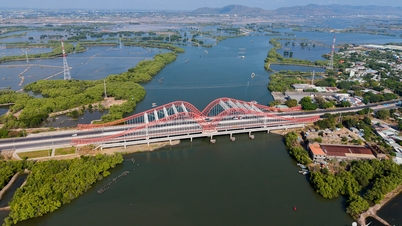

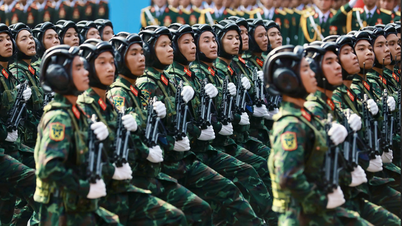
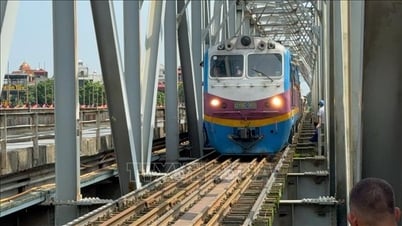







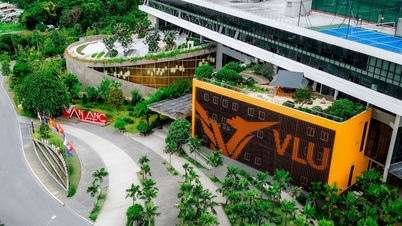
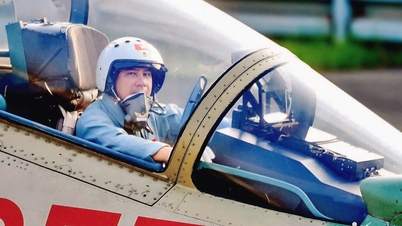








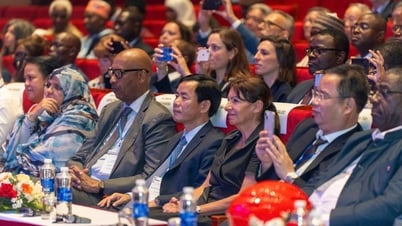


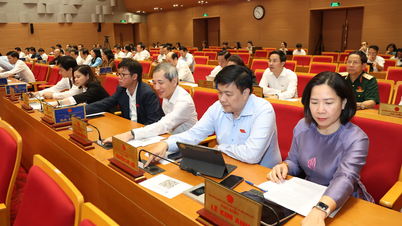

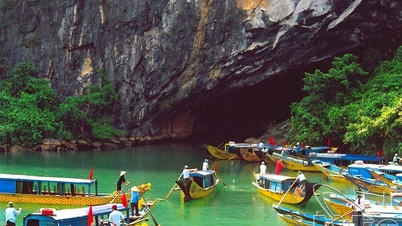

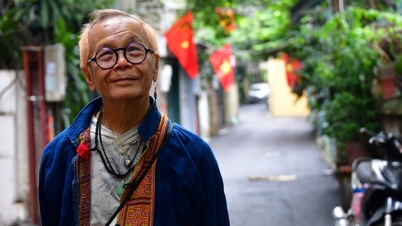


































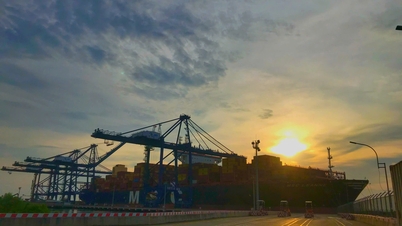













Comment (0)